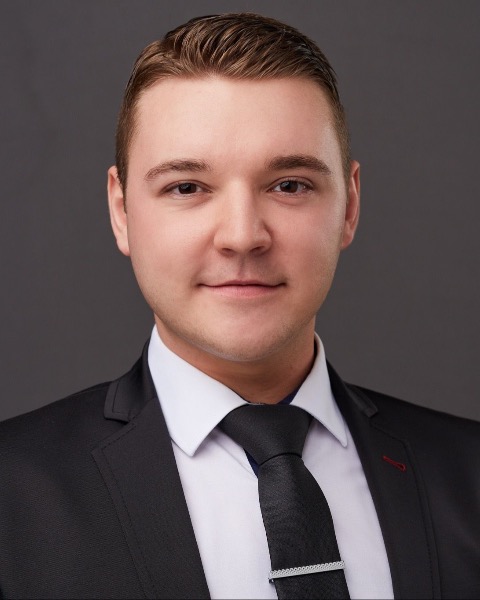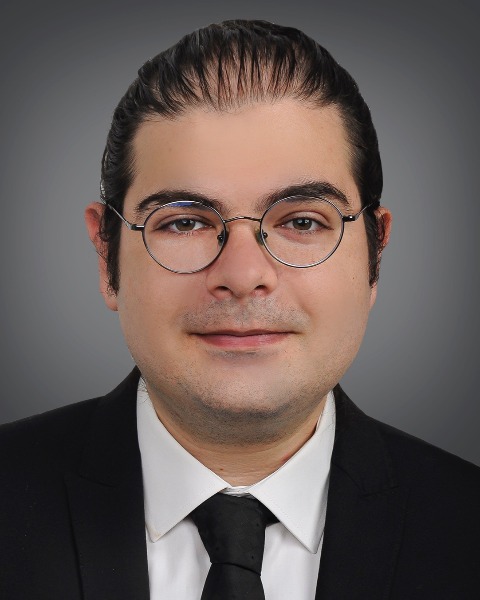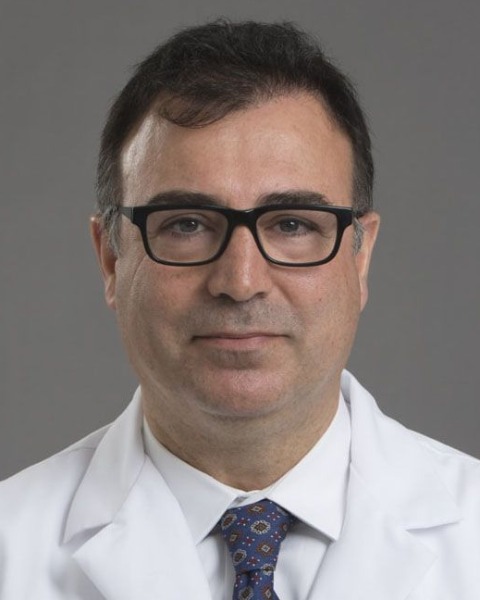SIR 2025
Interventional Oncology
Scientific Session
Evaluating the Dosage of Y-90 Needed to Achieve Complete Resolution of HCC in Patients Treated With Super-Selective Y-90

Kamil Tomaszek, RN
Medical Student
Rush University Medical Center, United States
Okan Ince, MD
Fellow
Rush University Medical Center, United States
Bulent Arslan, MD, FSIR
Professor and Interim Chair
Rush University Medical Center, United States
Presenting Author(s)
Author/Co-author(s)
Treatment of hepatic tumors with Yittrium-90 (Y-90) radioembolization has been an effective therapy for this invasive and often fatal malignancy. Two recently published studies utilizing high-dose super selective Y-90 radioembolization for curative treatment have shown excellent results {1,2}. However, information regarding the effectiveness of selective Y-90 treatment and the dosage needed to achieve complete resolution of tumor burden is less understood. This study aims to evaluate our institution's experience with high dose super-selective Y-90 and evaluate the dosages that achieved maximum effect and patient all cause mortality post procedure.
Materials and Methods: A single-center retrospective chart review of all Y-90 cases from 2014-2024 were reviewed, of 1186 charts reviewed, 601 patients had Y-90 performed. Of those, 201 had Y-90 segmentectomy for HCC. Volumetric mapping of tumor burden was completed on 121 patients. Post Y-90 imaging at 30-90 days was evaluated in 76 patients using the LI-RADS criteria. All-cause of patient mortality data was recorded. Any patient who was not treated with Y-90 radioembolization segmentectomy for HCC or lacked appropriate imaging was excluded.
Results: A total of 76 patients were included in the analysis. 49 had nonviable, 13 equivocal, and 14 viable tumor burden based in LI-RADS criteria on post imaging studies. 47 patients received doses over 400Gy and 37 over 500Gy. Median true dose administered to achieve nonviable tissue was 483Gy while viable median was 287Gy. There was a statistically significant difference between nonviable and viable groups with p= 0.013. There was a significant increase in ALK post procedure in patients receiving doses of 400Gy showing a 14% increase (p=0.016) and 500Gy showing a 19% increase (p=0.01). All cause mortality was 21% in all patients analyzed.
Conclusion:
This data suggests that dosages at or above 400Gy show the greatest effect in resolving tumor burden as evidenced by non-viable tissue on post imaging. Further studies with larger patient populations as well as further consideration for confounding factors should be conducted before conclusions can be made.


.jpg)